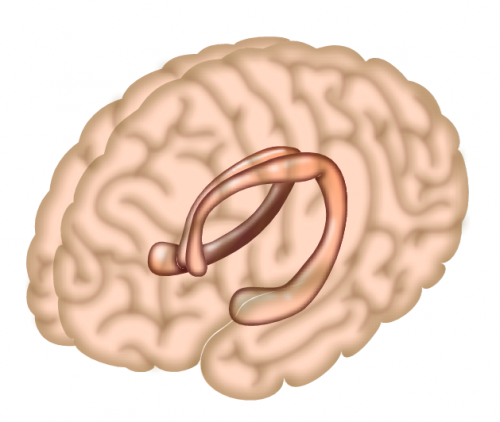First insights into changes to developing brain caused by gene associated with autism

A study led by the University of Utah School of Medicine provides new insights into how the subtle changes within cells, caused by disruptions in a gene called Kirrel3, could underlie some types of intellectual disability and autism.
A second paper to be published on the same day in the journal eLife, led by Harvard Medical School, shows how three proteins regulate chemical messengers that are key to autism spectrum disorders and syndromes such as Down's and Rett syndrome.
"Understanding fundamental changes in the brain that could lead to intellectual disabilities may one day help in the development of better treatments," says Megan Williams, lead author on the Kirrel3 study.
About one in 68 children are identified with autism spectrum disorder in the US and about one in six children had a developmental disability of some kind in 2006-2008. In the UK, 1.1% of the population may have autism, equating to around 700,000 people.
Variations to the Kirrel3 gene are known to be associated with intellectual disability, autism, and Jacobsen syndrome, a rare developmental disorder that often includesintellectual disabilities. Because of this strong association, the University of Utah team investigated how changes to Kirrel3 impair brain circuits critical for memory and learning.
Any cognitive task, from learning a new skill, having a conversation or driving to work requires the neurons of our brains to talk to each other. They are linked by connections called synapses that transmit these messages from one neuron to the next. Each neuron makes multiple synapses allowing it to send and receive information to many neurons within a large network.

The study shows that Kirrel3 helps form part of a large synaptic structure called the mossy fibre synapse that is located in the hippocampus, a major region of the brain required for learning and memory. In developing mice that don't have Kirrel3, the mossy fibre synapse becomes malformed, causing the hippocampus to become overactive.
"Our work shows how even very small changes to synapses can alter brain function and could lead to intellectual disabilities," says Williams.
"In addition to being in the hippocampus, the gene is also expressed in other parts of the brain. It is possible that defects in those regions may also contribute to the neurodevelopmental disorders associated with Kirrel3."
Changes in the activity of synapses are thought to play an important role in the physical changes to the brain found in several neuropsychiatric disorders. Both synapses that inhibit and excite the stimulation of nerves are important to normal function and an imbalance between them can cause dysfunction. Decreased inhibition is implicated in autism spectrum disorders, whereas excess inhibition has been proposed to occur in mental retardation syndromes, such as Down's and Rett Syndromes.
The team led by Harvard Medical School propose that mutations in the proteins Neurixin, Neuroligin and CASK may have a direct impact on chemical messengers that reduce the activity of neurons.
"Our results provide additional biochemical links between the genes associated with autism spectrum disorders and the inhibition of nerve cells," says lead author Joshua Kaplan.
More information: E Anne Martin et al. The intellectual disability gene Kirrel3 regulates target-specific mossy fiber synapse development in the hippocampus, eLife (2015). DOI: 10.7554/eLife.09395
Xia-Jing Tong et al. A network of autism linked genes stabilizes two pools of synaptic GABA receptors , eLife (2015). DOI: 10.7554/eLife.09648















